Other names Kaaxgal.aat Spouse(s) Roy Peratrovich | Name Elizabeth Peratrovich | |
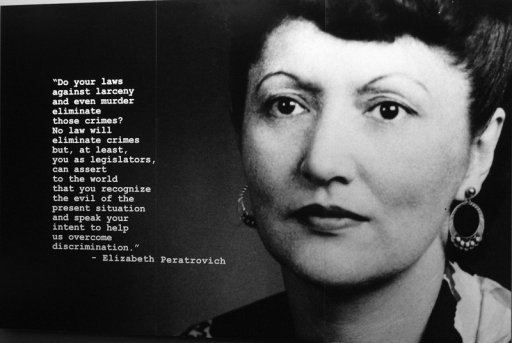 | ||
Full Name Elizabeth Wanamaker Children Roy Peratrovich, Jr.Frank Allen PeratrovichLoretta Marie Montgomery Education Ketchikan High School, Sheldon Jackson College | ||
Elizabeth peratrovich
Elizabeth Jean Peratrovich (; née Wanamaker; July 4, 1911 – December 1, 1958), Tlingit nation, was an important civil rights activist; she worked on behalf of equality for Alaska Natives. In the 1940s, she was credited with advocacy that gained the passage of the territory's Anti-Discrimination Act of 1945, the first anti-discrimination law in the United States.
Contents
- Elizabeth peratrovich
- Elizabeth peratrovich day 2 16 2012
- Early life and education
- Marriage family and later life
- Anti Discrimination Act
- Legacy and honors
- References

Elizabeth peratrovich day 2 16 2012
Early life and education
Elizabeth Peratrovich was born on July 4, 1911 in Petersburg, Alaska, and was a member of the Lukaax̱.ádi clan, in the Raven moiety of the Tlingit nation. She was orphaned at a young age and adopted by Andrew and Mary Wanamaker. Andrew was a fisherman and Presbyterian lay minister. Elizabeth grew up with them in Petersburg, Klawock, and Ketchikan, Alaska, and graduated from Ketchikan High School. She attended Sheldon Jackson College in Sitka, and the Western College of Education in Bellingham, Washington (now part of Western Washington University).
Marriage, family and later life
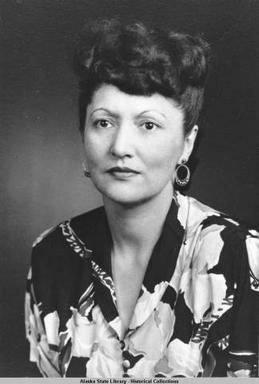
On December 15, 1931, Elizabeth married Roy Peratrovich (1908–1989), also a Tlingit, of mixed native and Serbian descent who worked in a cannery. They lived in Klawock, where Roy was elected to four terms as mayor.
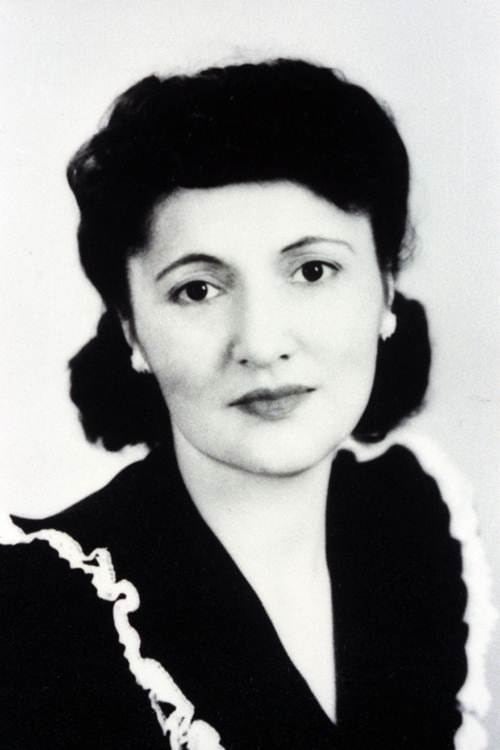
Looking for greater opportunities for work and their children, they moved to Juneau, where they found more extensive social and racial discrimination against Alaska Natives. They had children: daughter Loretta, and sons Roy, Jr. and Frank.
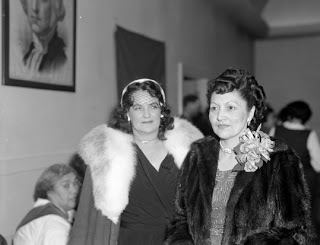
The Peratrovich family later moved to Antigonish, Nova Scotia, Canada, where Roy pursued an economics degree at St. Francis Xavier University. From there they moved to Denver, Colorado, where Roy studied at the University of Denver. In the 1950s, the Peratroviches moved to Oklahoma, and then back to Alaska.
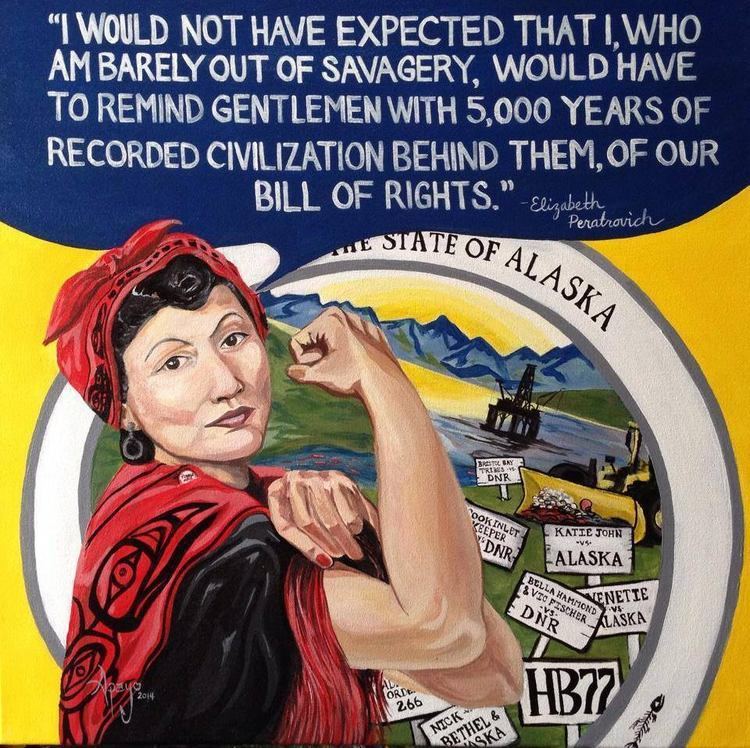
Elizabeth Peratrovich died of cancer on December 1, 1958. She is buried at Evergreen Cemetery, Juneau, Alaska alongside her husband Roy.

Son Roy Peratrovich, Jr., became a noted civil engineer in Alaska. He designed the Brotherhood Bridge in Juneau, which carries the Glacier Highway over the Mendenhall River. In 1979, he co-founded the firm Peratrovich Nottingham & Drage, now known as PND Engineers. After retiring from the engineering profession, he now works as an artist based on Bainbridge Island, Washington.
Anti-Discrimination Act

In 1941, while living in Juneau, the Peratroviches found more discrimination, having difficulty finding housing and seeing signs banning Native entry to public facilities. They petitioned the territorial governor, Ernest Gruening, to ban the "No Natives Allowed" signs then common at public accommodations in that city and elsewhere. The Anti-Discrimination Act was defeated by the territorial legislature in 1943. As leaders of the Alaska Native Brotherhood and the Alaska Native Sisterhood, the Peratroviches lobbied the territory's legislators and represented their organizations in their testimony.

Elizabeth Peratrovich was the last to testify before the territorial Senate voted on the bill in 1945, and her impassioned testimony was considered decisive.
I would not have expected that I, who am barely out of savagery, would have to remind gentlemen with five thousand years of recorded civilization behind them, of our Bill of Rights.
She was responding to earlier comments by territorial senator Allen Shattuck of Juneau. He had earlier asked, "Who are these people, barely out of savagery, who want to associate with us whites, with 5,000 years of recorded civilization behind us?" The Senate voted 11-5 for House Resolution 14, providing "...full and equal accommodations, facilities, and privileges to all citizens in places of public accommodations within the jurisdiction of the Territory of Alaska; to provide penalties for violation." The bill was signed into law by Governor Gruening, nearly 20 years before the US Congress passed the Civil Rights Act of 1964. Acts of the territorial legislature required final approval from the U.S. Congress, which affirmed it. (Bob Bartlett was noted for his efficiency in that regard.)
Fran Ulmer, who represented Juneau in the Alaska House of Representatives (and who later became lieutenant governor of Alaska), in 1992 said the following about Peratrovich's testimony:
She talked about herself, her friends, her children, and the cruel treatment that consigned Alaska Natives to a second-class existence. She described to the Senate what it means to be unable to buy a house in a decent neighborhood because Natives aren't allowed to live there. She described how children feel when they are refused entrance into movie theaters, or see signs in shop windows that read "No dogs or Natives allowed".
